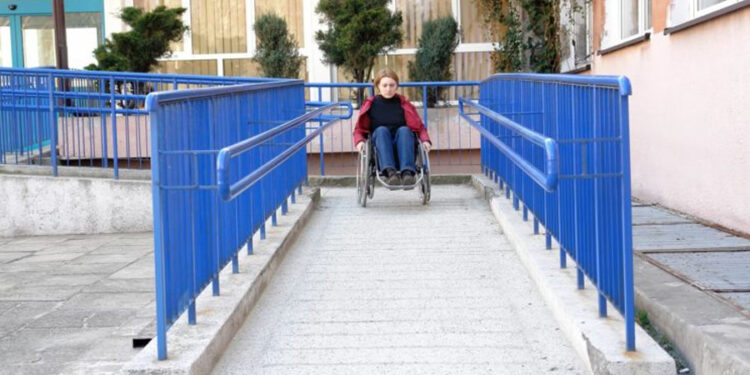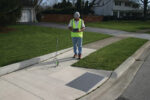What to Do After a Senior Fall

Falls among seniors are a significant concern due to the potential for severe injury and the impact on their overall health and well-being. When a senior falls, responding appropriately to ensure their safety and address any injuries is crucial, and remember, preventing falls through measures like installing handicap ramps and removing home hazards is equally important to protect seniors from future incidents.
Assess the Situation
After a senior fall, the first step is to assess the situation calmly and thoroughly. Observe the environment to determine what caused the fall, such as a slippery floor, an uneven surface, or clutter. Check if the senior is conscious and responsive. Speak to them calmly and reassuringly to understand their condition and gather information about their feelings. Look for any immediate hazards that might cause further injury, check for signs of injury such as bleeding, swelling, or deformity, and ask the senior if they feel any pain or dizziness. Determine if they can move without causing more harm.
Do Not Rush to Move Them
If the senior appears seriously injured, do not attempt to move them immediately. Moving someone with potential fractures, spinal injuries, or head trauma can exacerbate their injuries. Instead, make them as comfortable as possible without changing their position. Place a soft item, like a pillow or rolled-up blanket, under their head and cover them with a blanket to keep them warm. Encourage them to stay still and reassure them that help is coming. Avoid giving them food or drink until a medical assessment is done.
Call for Medical Assistance
If the senior is in pain, unable to get up, or if you suspect they have sustained a severe injury, call emergency services immediately. Professional medical personnel are trained to handle such situations and can provide the necessary care without causing further harm. Dial emergency services and provide clear information about the incident. Describe the senior’s condition and any visible injuries, follow the dispatcher’s instructions while waiting for help, and keep the senior calm while continuously monitoring their condition.
Assist Them in Getting Up Safely
If the senior has not sustained serious injuries and they feel capable of moving, assist them in getting up safely. Ensure you do this carefully to avoid causing any strain or further injury. If necessary, use mobility aids like walkers or handicap ramps to provide additional support. Help them turn onto their side, then onto their hands and knees. Provide a sturdy piece of furniture for them to hold onto as they rise, offer your arm or shoulder for additional support, and move slowly and carefully to ensure they do not lose balance.
Follow Up with a Medical Check-Up
Even if the senior appears fine after the fall, following up with a healthcare professional is essential. Some injuries, like fractures or internal bleeding, might not be immediately apparent. A thorough medical examination can rule out hidden injuries and provide peace of mind. Schedule an appointment with their primary care physician and inform the doctor about the fall and any symptoms the senior has experienced since. Follow the doctor’s recommendations for tests or treatments, and monitor the senior for any delayed symptoms, such as increased pain, swelling, or bruising.
Take Away
Falls can be alarming and dangerous for seniors, but knowing the appropriate steps to take can make a significant difference in their recovery and safety. By assessing the situation, avoiding hasty movements, calling for medical assistance, helping them up safely, and ensuring a thorough medical follow-up, you can provide the necessary care and support.






